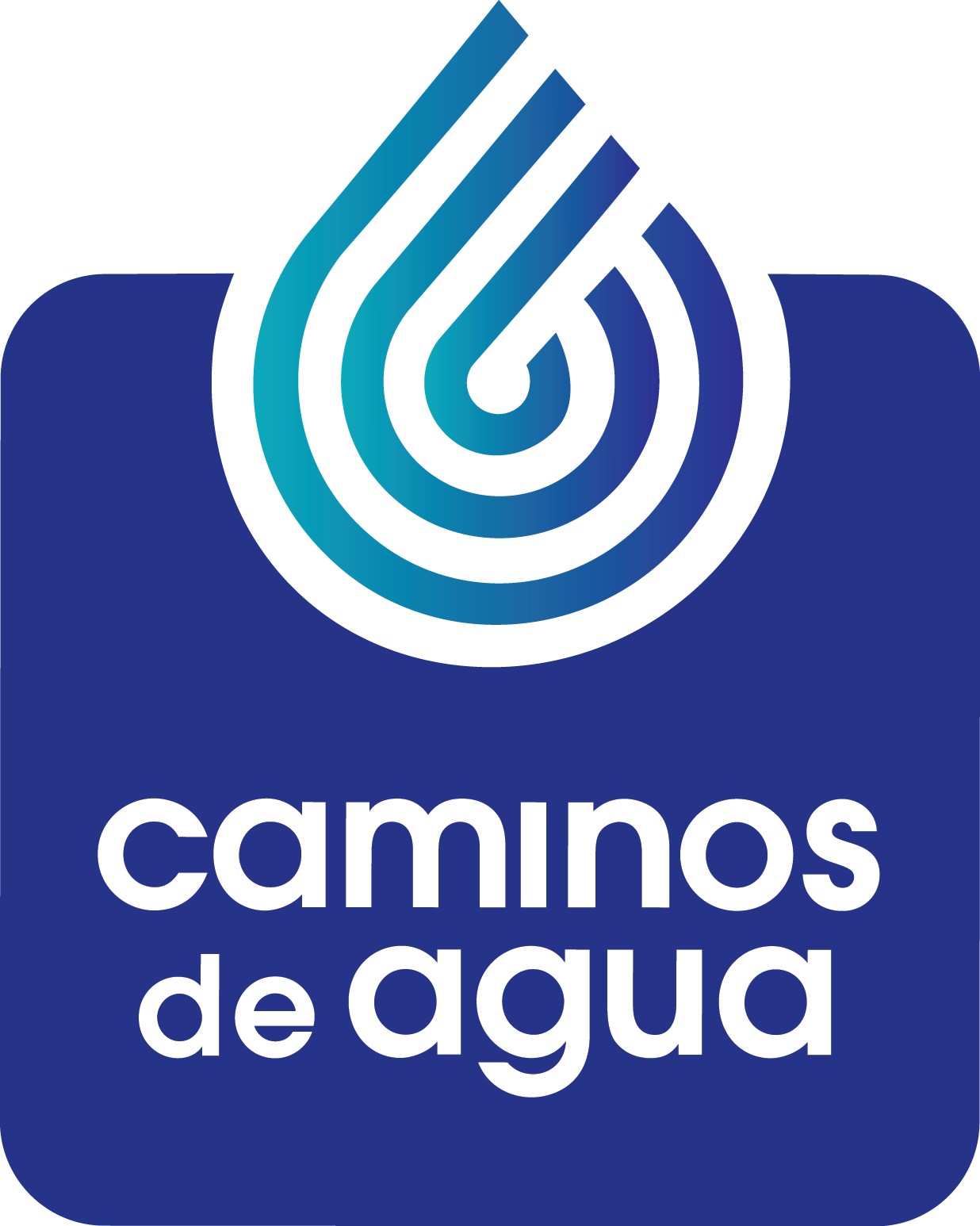How our technology turns into clean water
Many more communities whose health is at risk will have clean water because of our innovative technology – this month your contribution will be doubled , getting us there faster.
Industrial-scale farming of water hungry crops for export continues to grow in the Alto Río Laja region in Central Mexico where we work. This has led to a precipitously dropping water table, which in turn has created increasing levels of arsenic and fluoride contamination – putting the health of the upwards of 680,000 people who must rely upon the aquifer for their drinking water at increasingly serious risk.
Continued exposure to the escalating levels of arsenic and fluoride found in the water in our region can result in painful, and, in some cases, crippling and even deadly conditions. These include dental and skeletal fluorosis, learning disabilities in children, kidney disease, and several types of cancers.
The good news is that, after more than five years of investing time, talent, and funds, we are right on the cusp of achieving proof of concept of our new Groundwater Treatment System (GTS) that, when rolled out, will provide more people with clean water – much more efficiently and quickly than before. But we badly need your help to get us to the finish line. That’s why every dollar or peso you give during our October Match Campaign will be directly utilized to help us achieve this goal.
Almost since we began pursuing our mission of partnering with communities at risk to create access to clean water, we have been utilizing rainwater systems, which are inherently free of arsenic and fluoride, to harvest, store, and treat the water nature provides, for human consumption. But the downside of these systems is that they are labor and capital intensive, with each family, school, or church requiring a large-scale system of their own to meet their water needs.
So five years ago, after our tech team scoured the world for existing and appropriate solutions, we realized that the right solution simply didn’t exist. So we began envisioning a better solution – one where a single system could operate on a community-wide, scale to effectively filter out arsenic and fluoride and do so while lowering the initial capital investment as well as operation and maintenance costs – ultimately creating affordable access to clean water for many, many more people.
Not daunted by the challenges, we charged ahead, utilizing our own capabilities and those of our network of university partners and technical advisors; especially researchers at North Carolina State University and Engineers Without Borders UK.
Arsenic, while a huge health threat, was the easier contaminant to tackle. In response to the horrible arsenic contamination of groundwater in Bangladesh, a number of effective and financially feasible filtration media were developed. We have already built a customized treatment system for arsenic, which has proven effective and has already produced well over 1 million liters of arsenic free water in the past year.
But fluoride was another story. Much less has been done internationally on fluoride filtration. Most of what exists is too inefficient for our regional water chemistry and the excessively high fluoride levels we have registered, and would therefore be far too expensive to implement. This left us to develop our own solution that is both affordable and effective for the water conditions in our region. After a long and demanding process, our team ultimately identified a filtration media utilizing charcoal made from animal bones – because the calcium in the bones strongly attracts fluoride. But that was just the beginning. We then began producing our own “bone char,” on-site here in San Miguel. We designed, built, and tested different kilns and built full-scale prototype filters to test in our lab under real world conditions – all to create a realistic method to continuously attain needed quality tolerances. Today, we produce one of the most effective, low-cost fluoride filtration media available anywhere.
After persevering for over five years and solving these and a myriad of other technical, scientific, mechanical, social, and logistical challenges, we are now preparing to conduct a critical community-wide pilot test – the next giant step in making GTS a reality. With the completion of this pilot, which will be fully online by the end of this year, we expect to achieve proof of concept, conduct a series of important tests, develop the necessary training and community relations guidelines, produce a consistent source of clean drinking water with our community partner, and ultimately ready GTS for further rollout to many more communities throughout the region.
We need your help to make GTS a reality that will deliver clean water to many more families and communities so they can avoid the horrible health impacts that are associated with consuming contaminated water.

